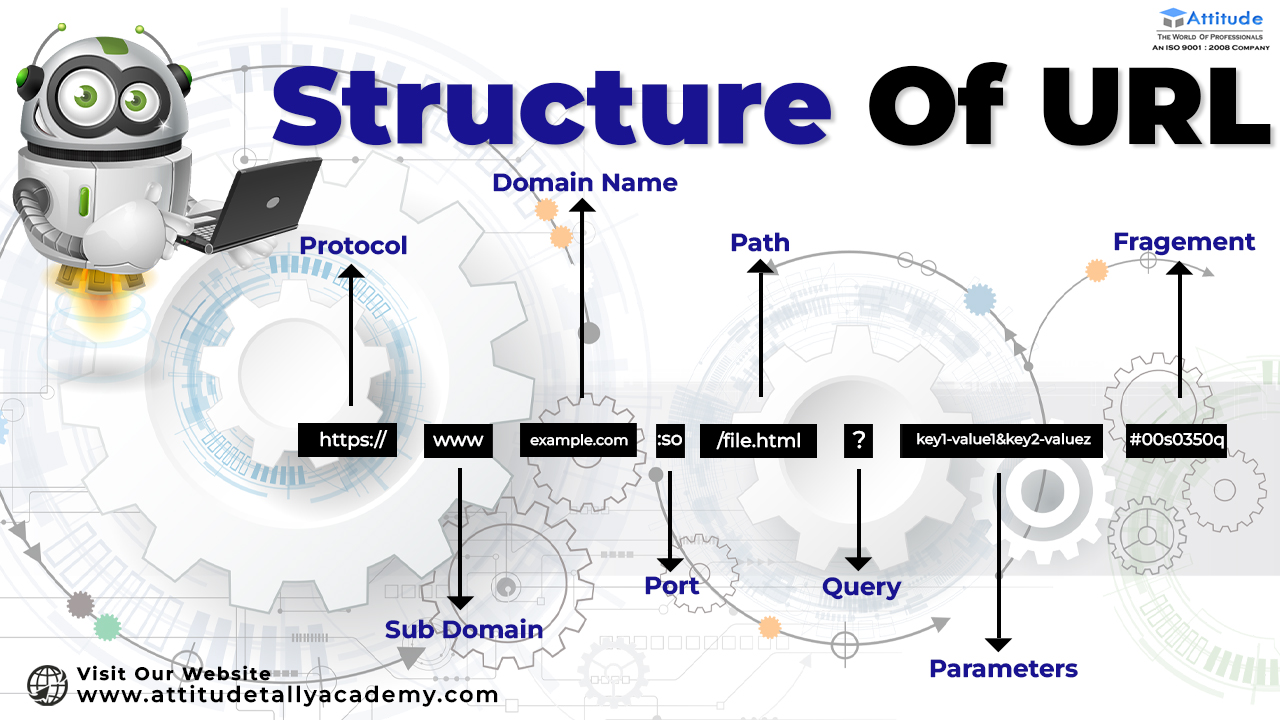Introduction:
In the vast realm of the internet, URLs (Uniform Resource Locators) act as the digital addresses guiding us to our desired destinations. While we click through countless links daily, understanding the underlying structure of URLs can empower us to navigate the web more effectively and comprehend the mechanics of web addresses. In this guide, we’ll dissect the components of a URL, from protocols to fragments, unravelling the intricacies of web address structure.
Website URL Explanation:
At the heart of every online interaction lies a URL, serving as the roadmap to access web resources. Let’s delve into the key elements that constitute a typical website URL:
Protocol: The protocol specifies how data is transmitted over the internet. Common protocols include HTTP (Hypertext Transfer Protocol) and HTTPS (HTTP Secure), the latter providing encrypted communication for enhanced security.
Subdomain: A subdomain is an additional part of the domain name preceding the primary domain. It can function as a separate entity within the main domain, often used for specific purposes like language variations or distinct services.
Domain Name: The domain name uniquely identifies a website on the internet. It typically consists of a recognizable name followed by a top-level domain (TLD) such as .com, .org, or .net.
Port: The port number specifies the endpoint of communication in a web server. While most web traffic uses default ports (HTTP: 80, HTTPS: 443), alternative ports may be specified for specialized services.
Path: The path indicates the specific location of a resource on the web server’s directory structure. It delineates the hierarchy of files and folders leading to the desired content.
Query Parameter: Query parameters enable dynamic content retrieval by passing data to a web server through the URL. They consist of key-value pairs separated by ampersands, facilitating customized interactions with web applications.
Fragment: Fragments identify a specific section within a web page, allowing users to navigate directly to relevant content. They are preceded by a hash symbol (#) and commonly utilized in conjunction with anchor tags.
Web Address Structure: Understanding the anatomy of a URL facilitates efficient browsing and fosters a deeper comprehension of web architecture. Whether deciphering links or constructing URLs, familiarity with the various components empowers users to harness the full potential of the internet. By grasping the nuances of protocols, domains, paths, and beyond, individuals can navigate the digital landscape with confidence and precision.
Conclusion: In the digital age, proficiency in deciphering Website URL explanation is indispensable for effective web navigation and communication. By unravelling the structure of web addresses, users gain insight into the underlying mechanisms governing online interactions. Armed with this knowledge, individuals can traverse the vast expanse of the internet with ease, leveraging URLs as invaluable tools for accessing information and resources. Embrace the intricacies of URL composition, and embark on a journey of enhanced connectivity and exploration in the digital realm.
Suggested Links: IT SMART Brain Power PC Magic MS WORD Essentials




